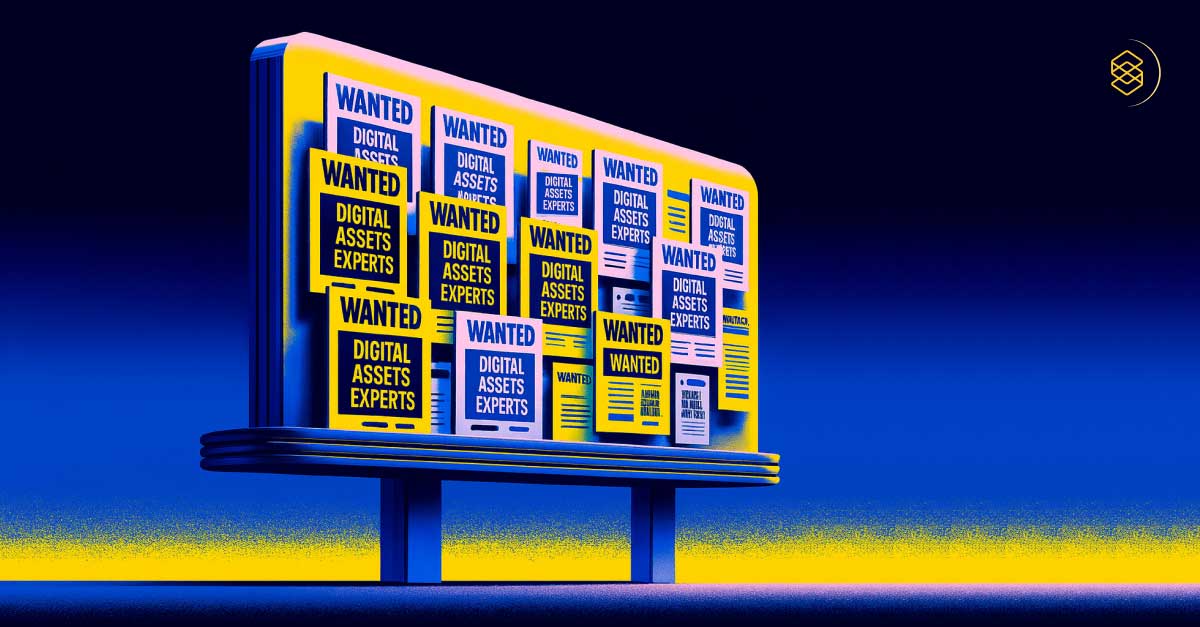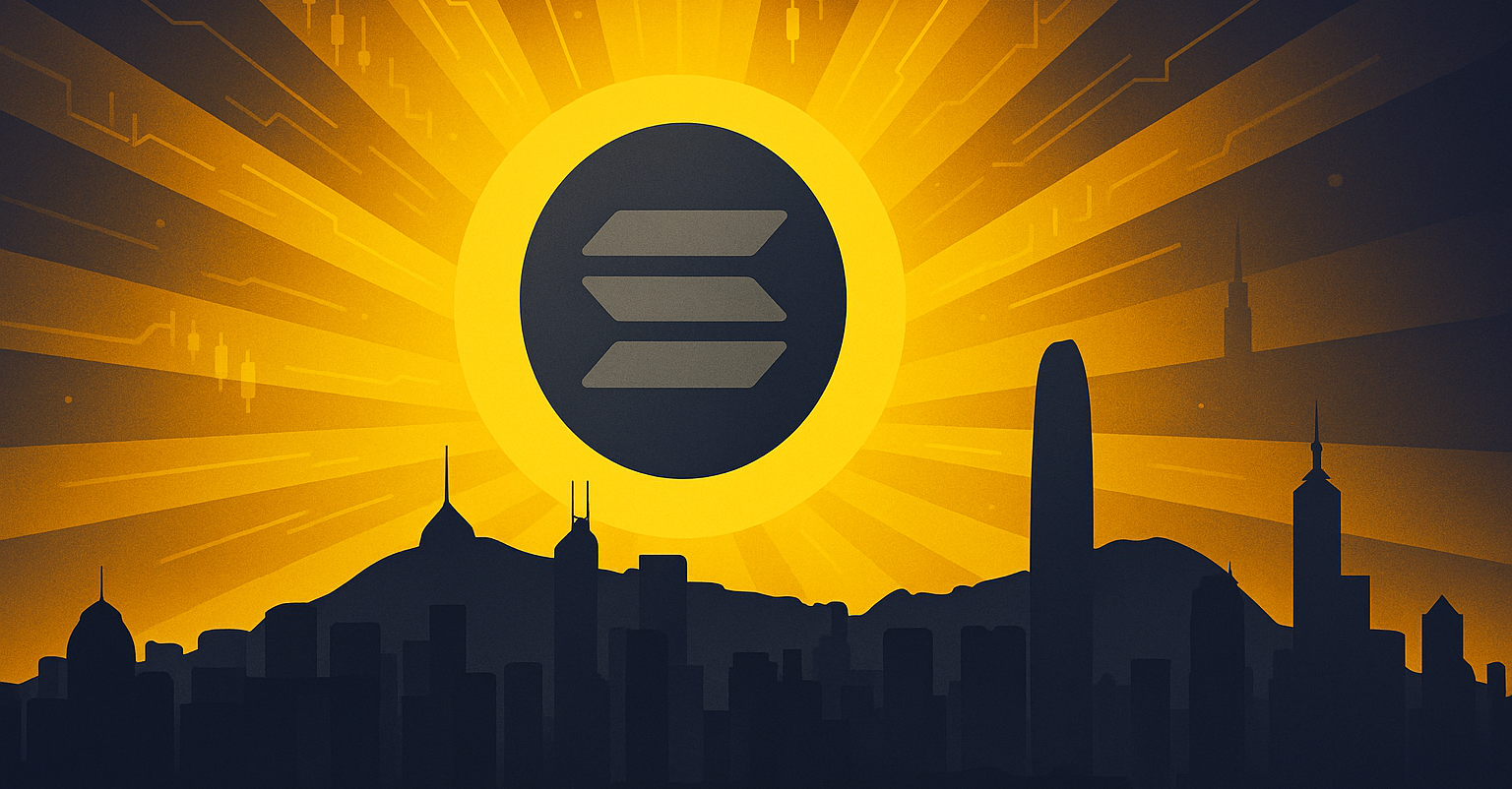The public scuffle between institutional and retail investors over GameStop’s stock has baffled the financial world and delighted Twitter and Reddit over the last few days. Throughout the course of the incident, many of our clients and partners, including leading financial institutions and regulators, have reached out to ask what we make of it, based on our risk monitoring expertise in crypto trading.
We are closely monitoring the situation and while we understand the shock - $GME’s price fluctuations and the way they were triggered by many individual investors are probably unprecedented for traditional markets - the truth is that for those of us involved in crypto, this dynamic is quite familiar.
How so? While retail investors directly accessing capital markets through apps like Robinhood is still a rather new phenomenon in traditional finance, crypto has been established over the last decade as a retail-first ecosystem. When you come to think of it, much of crypto’s “bad reputation” as a “Wild West” welcoming for illicit activities, is a result of one of the biggest advantages the industry promotes - accessibility for everyone.

Accessible capital markets are not just a fancy buzzword - accessibility is necessary to address severe societal challenges surrounding access to wealth, financial inequality and economic growth. It’s also necessary for the health of the markets themselves, injecting new liquidity and creating a plethora of new opportunities to raise capital and build real communities around innovative products.
Ultimately, those are the same reasons that over the past decade American regulators have gradually lowered the bar for who can directly trade in the largest commodity and security markets. In addition to reducing the requirements for accredited investors, one bold step was allowing apps like Robinhood to facilitate trading, essentially letting individual investors engage with the market.

Accessibility, however, also creates an inherent challenge to market stability and integrity. Naturally, limiting who can trade on a market, gives regulators - and everyone involved - a much stronger ability to supervise those markets and understand market behavior. When you tightly control who has access, it is more straight-forward (although by no means easy) to identify and get to the root of trading behavior that may cause instability or harm market integrity.
While this is new for traditional finance, Solidus Labs deals with similar situations in crypto often, as trading platforms integrate our advanced risk monitoring solution and ramp up their ability to understand market behavior. Due to their low barriers of entry, fundamentally different structures and numerous low-value assets crypto markets are prone to extremely high volatility that can sometimes amount to market manipulation like front-running, pump & dump and wash trading. The key to solving this isn’t simply blocking people from markets - instead we help exchanges become much better at analyzing trading behavior, identifying malicious actors - whether institutional or retail - and rooting them out while keeping markets running 24x7.

Effective risk monitoring is in that sense the key to balancing two noble economic values - accessibility and stability. Solidus Labs’ mission is to provide crypto markets with risk monitoring and trade analysis tools so precise and effective that they don’t have to create high barriers of entry. It’s all about balancing the merits of crypto - accessibility in this case - with the inherent risks to market integrity.
Over the next few years, we will continue to see traditional capital markets striving for higher levels of accessibility without compromising integrity. At the same time we will continue to see crypto markets striving to improve integrity, without limiting accessibility. In both cases, the key to achieving a sustainable balance is cutting edge, smarter, more efficient, more precise and more scalable risk monitoring capabilities.
Daylight is the best of disinfectants. Better risk monitoring is the best way to shed light and transparency into markets, leveling the playing ground, giving investors and regulators confidence in the fairness of markets, and allowing diverse groups to participate. Crypto has been learning this and quickly adapting, and this week’s $GME craze was a powerful reminder that traditional capital markets must do the same.








